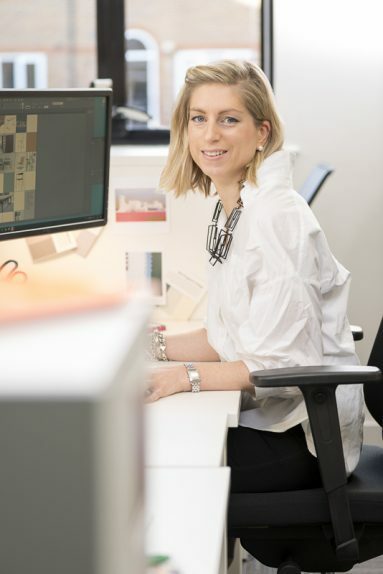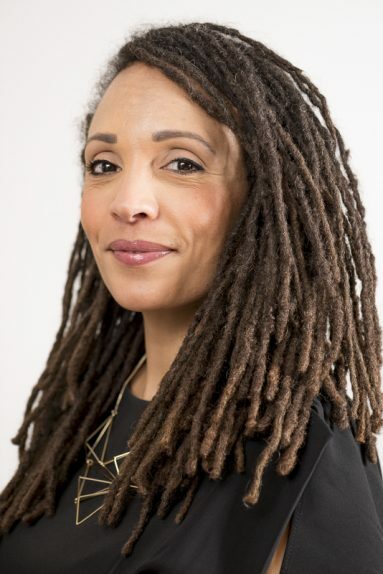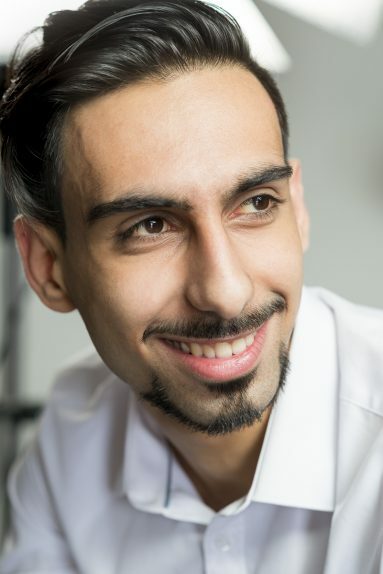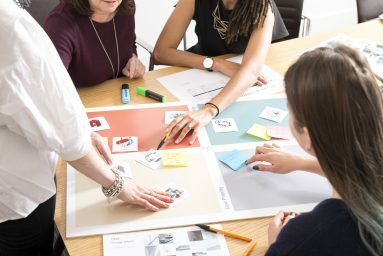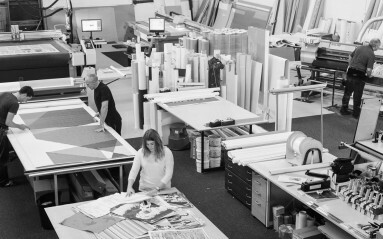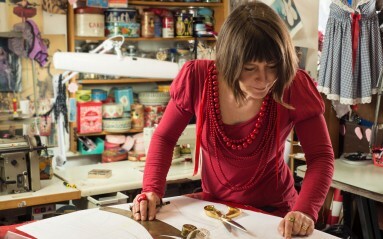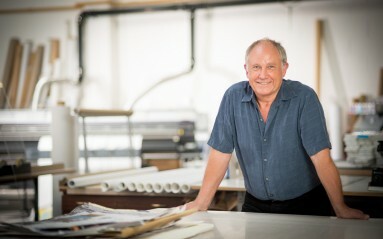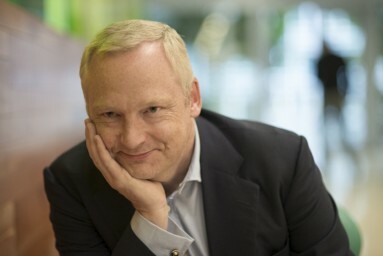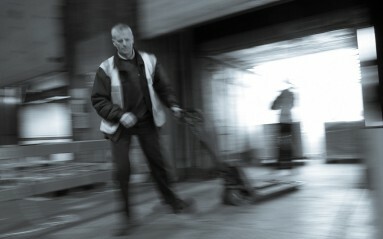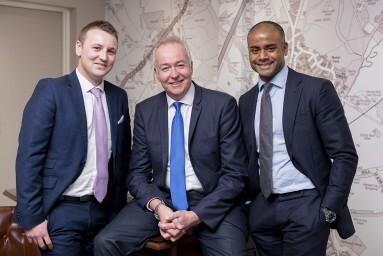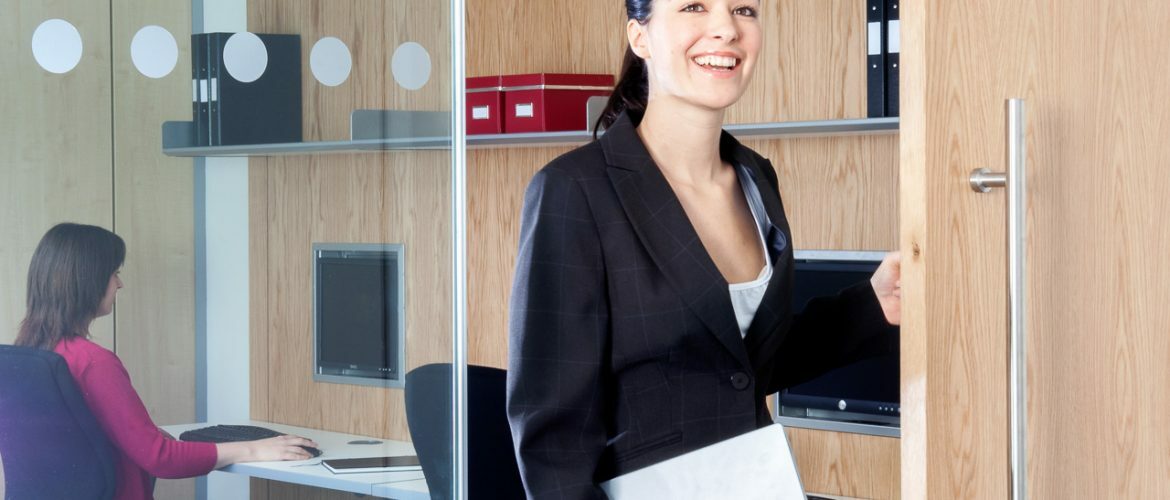
Case Study: Corporate Portraits – Part I
What is a Corporate Portrait?
As with any portrait, a successful corporate portrait focuses attention on the person photographed, displaying a good physical likeness while showing off the best side of their personality. However, a corporate portrait also needs to go much further than this by reflecting brand values and helping to establish the right public image for the company. In this respect, a corporate portrait is as much about the brand as it is about the individual in the photograph.
Also, while a corporate portrait should of course be stylish and attractive to look at, it’s important to stress that this is not the appropriate place for arty experimentation. Corporate portraits are essentially quite simple photographs of team members that serve a clear and definite purpose: establishing a strong, credible, and unified brand image that will gain the confidence of prospective clients.
Here at Photography Firm we have a lot of experience shooting corporate portraits for a variety of large- medium- and small-sized companies. We consider ourselves fortunate to count prestigious companies such as Maze workplace, Francis Hunter, First Central, and many others, among our clients.
This being the case, we thought it could be helpful to share with you some of the knowledge and expertise that we’ve gained from these shoots over the years.
What to Consider Before a Corporate Portrait Shoot?
Cover off the Brief
What are the shots being used for? A corporate web page? Marketing material? LinkedIn profiles? Make sure you have a clear idea of the format(s) the client expects to receive after the shoot.
Consider the Location
Shooting in an office environment can often mean dealing with some quite challenging lighting issues – especially when photographing people close to a window. Consider the location carefully, and make sure you’re aware of any potential problems before the day of the shoot. Issues to look out for include the high contrast-ratio between interior and exterior areas, and the risk of unwanted reflections.
You will likely need to bring your own lighting kit to augment the available daylight on location, and your regular studio lighting set-up may not be suitable for the job. While at a pinch you could use the office’s mains outlets to power your lights, depending on the power of your lighting equipment and the number of lights you need to use, there is always some risk that mains power at the location will not be sufficient. This is not something to discover only on the day of the shoot.
The best solution then is to invest in your own portable battery-powered lighting equipment, meaning you will always be prepared for any situation.
Be aware, however, that some office alarms can occasionally interfere with radio-slave sync units, causing absolute mayhem – with flashes firing off apparently of their own accord.
Other Things to Consider
Staff are Busy
A major issue you’re likely to encounter is that, by nature of the location being a place of work, your subjects may well have better things to be doing with their time than sitting in front of your lens. With a heavy workload and deadlines fast approaching, a portrait shoot might be viewed by many of the people you’ve been hired to photograph as little more than a time-consuming inconvenience – at best.
Let staff know that you understand that their time is valuable and make sure your shooting routine is fast and flawless. Consider hiring an extra assistant for the day if you think that this would help speed things up and increase efficiency.
Subjects May be Nervous
Everyone wants to be shown at their absolute best. While you might get a few extroverts who love the attention lavished on them during a portrait session, the reality is that most people will likely be somewhat nervous about being photographed and feel inhibited in front of the camera.
Work on establishing a good relationship with the subjects of the photos. From the point of view of making efficient use of time, it can seem like a good idea to just come in, set up the lights, and then ask for staff members to be sent in one by one and plonked down in front of the camera so you can get right on with shooting them. However, in order to produce good portraits, you’ll need to make the subject feel fully at ease by building some kind of rapport with them. And from this perspective, bringing hapless victims straight in before the firing squad, with little introduction or explanation of what’s expected of them, is perhaps the worst thing you could possibly do.
However, sometimes there really is no other practical solution other than just setting up your lights and then shooting everyone in the same place. Particularly if time is limited. In this case it’s probably better to at least meet with each subject for a few minutes beforehand so that you can talk through your ideas and let them know what to expect before making them sit under bright lights and sticking a camera in their face.
Ideally you’ll first meet each staff member on “neutral ground” in a separate location to where you’ll be shooting – even if it’s just taking them aside in another part of the same room. This way their first contact with you is on an equal footing, likely making for a much better portrait session than if you were to establish a distinctly unequal relationship (the “observer” and the “observed”) right from the outset.
Particular Needs
Does the client want all the people to be facing the same way in their portraits? Should they be wearing particular clothes, or all dress in the same colour or tone? Make sure that the client has considered such matters well in advance and made you aware of any particular requirements they might have.
Get Creative
While corporate portraits are not fine-art, that doesn’t mean that they should be boring or unimaginative. Consider offering something beyond simple posed headshots – such as in situ “narrative” photos, group portraits, outdoor shots etc. – as these might in fact show the personality of the business better than a simple head-and-shoulders portrait ever could.
The Devil is in the Details
As we’ve seen above, a corporate portrait needs to establish many things (brand identity, individual personality) all in a single image. In order to achieve this, there should be no unnecessary distractions in the frame. Yes, an interesting location or a carefully chosen background can help to add an extra level to the brand’s “story”, but every single element visible in the shot should add something to this. Nothing should be there by accident.
In Part II of our blog on corporate portraits we will offer some tips on how to dress for a portrait so you can look and feel good. Of course, if you are interested in corporate portraits for your business do contact us to discuss your needs.

